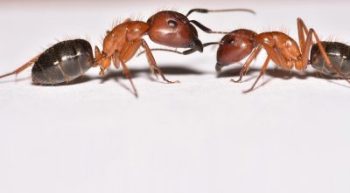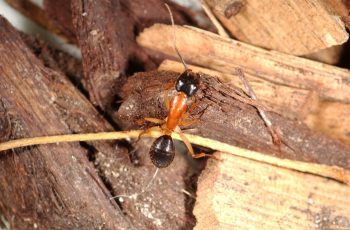Southern California Exterminators
How to Get Rid of Sugar Ants Orange County Exterminate Ant Infestations
ANT TREATMENT & EXTERMINATION SERVICES IN THE ANAHEIM AREA
Don’t wait! Contact (800)-418-9263 for a Top Ant Exterminator in Anaheim, Orange County CA. Free quotes Having an ant infestation problem? We offer ant control + removal for residential or commercial customers throughout Anaheim and Orange County: We Exterminate Tiny Ants, Big Ants, House Ants, and Ant Infestations and are considered The Best Ant Exterminator in Anaheim. Serving Riverside County and, Orange County CA. Our Pest ant control team in Anaheim have been the top ant exterminators of Anaheim, for Ants, Spiders, Roaches 30+ years. Were Orange County’s top ant exterminator near you for pest control in Orange County, CA. Is your kitchen crawling with unwelcome ant visitors? Sugar ants, odorous house ants, pavement ants, and little black ants are just a few common culprits that can turn your kitchen into their personal buffet. But don’t despair! Here’s a powerful 5-step strategy to exterminate these pests and reclaim your kitchen.
According to the National Pest Management Association, (NPMA) “Ants are the number 1 nuisance pest in the United States.” Although you wouldn’t think so due to their small size, they can really become unwanted once they find their way into someone’s home or property. The good news is that Standard Pest Management specializes in complete ant control and removal services throughout
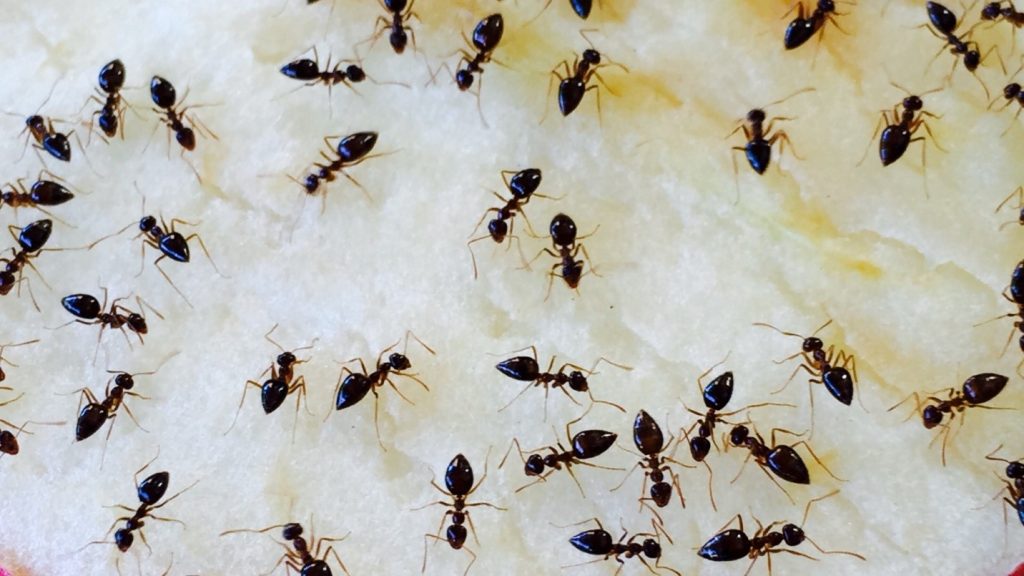
TYPES OF ANTS
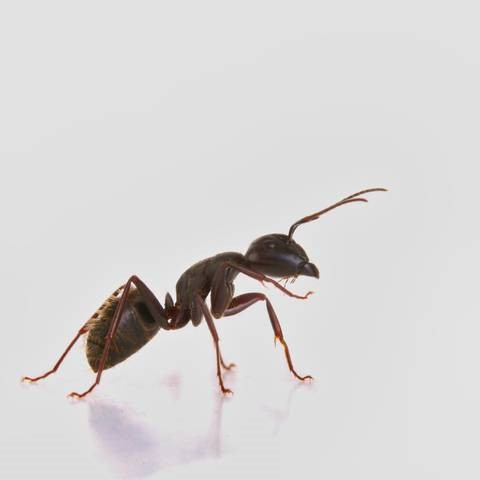
Camponotus
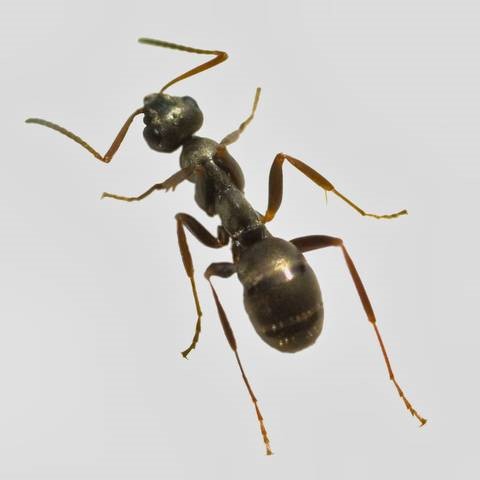
Tetramorium caespitum
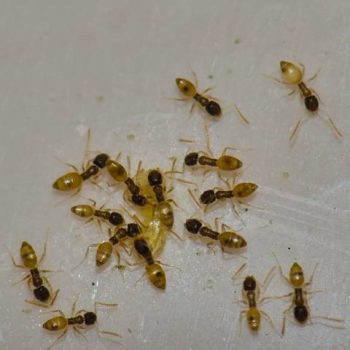
Tapinoma melanocephalum
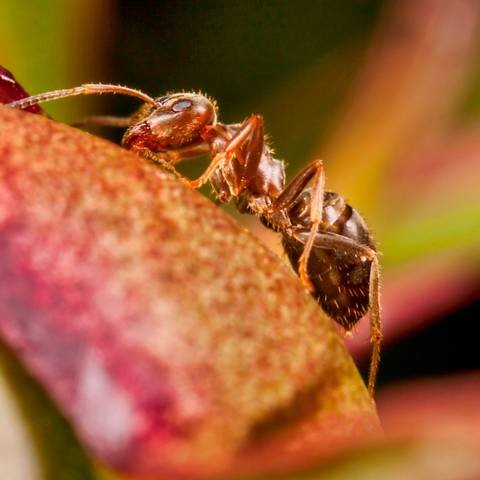
Monomorium pharaonis
- Identify the Ant Species:
Understanding the type of ant you’re dealing with is crucial for effective control. While nicknames like “sugar ant” exist, various ant species are attracted to sugary foods. Knowing the common types in your region (odorous house ants, pavement ants, little black ants for North America) can help you tailor your approach.
- Eliminate Their Food Sources:
Sugar ants are relentless foragers. Deny them access to sugary feast by:
- Storing food in airtight containers: This includes cereals, cookies, pet food, and anything else that might attract them.
- Wiping down counters and floors after cooking: Don’t leave crumbs or spills for them to scavenge.
- Taking out trash regularly: A overflowing trash can is a smorgasbord for ants.
- Sealing pet food containers: Tightly sealed containers keep pet food from becoming an ant magnet.
- Follow the Ant Trail to Entry Points:
- Ants leave scent trails for others to follow. This trail can lead you to their entry points, typically cracks or gaps around windows, doors, or utility lines.
- Fortify Your Defenses:
- Seal Entry Points: Once you’ve identified entry points, use caulk to seal cracks and gaps, preventing future ant invasions.
- Natural Repellents: Disrupt ant trails and deter them from entering with a peppermint oil spray or white vinegar solution.
- Eliminate the Colony:
- Ant Baits: Strategically placed ant baits are a long-term solution. Worker ants take the bait back to the colony, eliminating the queen and the entire infestation.
- Professional Help: For severe infestations, consider consulting a professional pest control service. Their expertise and access to stronger treatments can effectively eliminate the problem.
- By following these 5 proven steps, you can reclaim your kitchen from ant invaders and enjoy a pest-free cooking zone!
Sugar Ants, Identify Sugar Ants, Eliminate Sugar Ants
Sugar ants, those millimeter-sized menaces, can transform your kitchen into their personal buffet. But fear not, conquering these sugar-loving invaders is within reach! This guide equips you with everything you need to identify, eliminate, and prevent sugar ant infestations.
Identifying the Sugar Ant Enemy
- Size & Color: Look for tiny (2.5-3mm) black or brown ants, about 1/10th of an inch long.
- Odor: Carefully crush one ant. If it smells like rotten coconut, it’s likely an odorous house ant, a common sugar ant culprit.
- Behavior: These ants crave sugary and sticky substances. Check for them near open food, especially in the kitchen.
- Sugar Ant Look-Alikes: Unveiling the Imposter
- Pavement Ant: Often mistaken for sugar ants, pavement ants are also small and black/brown. However, they’re slightly larger (up to 4.2mm) with distinctive features: pale legs, double spines, and tiny hairs.
- Habitat: While sugar ants may wander into kitchens, pavement ants prefer outdoor cracks and rarely venture indoors unless following a grease trail.
Signs of a Sugar Ant Infestation:
- Tiny black/brown ant gatherings near open food sources.
- Trails of small black/brown ants leading to food crumbs or spills.
- A faint rotten coconut odor (crushed ants only).
The 6-Step Sugar Ant Extermination Plan
Step 1: Seal Up Entry Points – Block the Tiny Invaders
Ants are masters of squeezing through small cracks. Here’s how to fortify your defenses:
- Interior Gaps: Use caulk to seal gaps around baseboards and other small openings.
- Exterior Cracks: Fill foundation or exterior wall cracks with spackle, followed by paint for extra protection.
Step 2: Starve the Invasion – Cut Off Their Food Source
Sugar ants crave sugary treats. Make your kitchen unappealing by eliminating their food sources:
- Airtight Containers: Store all food, especially sugary items, in airtight containers.
- Clean Up Spills: Promptly clean spills, particularly sweet or sticky ones, to remove any tempting scents.
- Wipe Down Counters: Regularly wipe down countertops with soapy water or cleaning spray to eliminate ant scent trails.
Step 3: Exterminate with Bait Traps – Lure and Destroy
Bait traps lure and kill ants, disrupting the colony. Here are your options:
- Store-Bought Traps: Choose sugar ant-specific baits and place them in areas with ant activity. Follow package instructions carefully, especially regarding pet and child safety.
- DIY Bait Traps (Caution: Research Safety): Create your own traps using boric acid (low-toxic to humans and pets but lethal to ants) mixed with honey or syrup. Alternatively, combine shortening, sugar, and borax for greasy-loving ants. The slow-acting borax allows worker ants to spread the poison to the colony.
Step 4: Natural Repellents for Defense – Eco-Friendly Ant Deterrence
These natural solutions deter ants and disrupt their communication:
- White Vinegar Spray: Mix equal parts white vinegar and water. Spray ant entry points, trails, and baseboards for a natural ant killer. Apply during peak ant activity (mornings and evenings) for maximum effectiveness.
- Essential Oil Sprays: A few drops of peppermint or lavender essential oil mixed with water creates a natural ant repellent with a pleasant scent (unlike vinegar!). Peppermint oil is particularly effective against various insects.
Diatomaceous Earth: This fine powder made from crushed marine plankton is deadly to insects but safe for humans and pets. Sprinkle it along ant trails to disrupt their digestive systems.
Step 5: Prevent Future Infestations – Keeping Your Kitchen Ant-Free
Maintaining a clean and ant-unfriendly environment discourages future invasions:
- Regular Cleaning: Regularly clean to eliminate crumbs and spills that attract ants.
- Sanitation: Keep garbage areas clean and ensure leaky faucets are repaired, especially during dry periods (ants seek water sources).
- Seal Entry Points: Regularly inspect and seal any cracks or gaps in your home’s exterior – a crucial step for a pest-free home.
Step 6: Professional Help for Tough Infestations – When DIY Fails
For severe infestations or if DIY methods fail, consider professional help:
- Expertise and Tools: Pest Control Exterminators have extensive knowledge and access to effective tools and treatments to eradicate sugar ant colonies.
- Preventative Measures: Consult a professional pest control company for insights on preventing future infestations.
Anaheim Sugar Ant FAQs: Everything You Need to Know
Sugar ants turning your kitchen into their personal buffet? We’ve got you covered! This FAQ equips you with answers to common sugar ant concerns:
Q: How to Exterminate Sugar Ants Naturally?
- Vinegar Spray: Mix equal parts water and white vinegar. Spray entry points, trails, and baseboards for a natural ant killer.
- Essential Oil Repellents: A few drops of peppermint or lavender oil mixed with water creates a natural ant deterrent.
- Diatomaceous Earth: This powder (safe for humans and pets) disrupts ant digestive systems. Sprinkle it along ant trails.
Q: What Attracts Sugar Ants?
- Food Odors: Sugar ants love sweets and meats. Keep food in airtight containers and clean up spills promptly.
- Warm & Moist Places: They often nest in kitchens and pantries, but bathrooms are not uncommon.
Q: Do Sugar Ants Bite?
- Mild-Mannered: Sugar ants bite only in self-defense, and the bites are harmless (unless you have a severe allergy).
Q: What Smells Repel Sugar Ants?
- Natural Repellents: Peppermint oil, lemon juice, coffee grounds, cloves, and bay leaves effectively repel sugar ants.
Q: Do Sugar Ants Hate Vinegar?
- Vinegar Power: Yes! Sugar ants hate the vinegar scent, which disrupts their communication trails.
Q: Sugar Ant Lifespan?
- Worker Ants: Up to 7 years.
- Male Ants: 20 days (mating only).
- Queen Ant: 10-15 years (pampered by workers).
Q: Will Sugar Ants Disappear on Their Own?
- Unlikely: Sugar ants are persistent. If home remedies fail, consider professional pest control.
Q: Finding the Ant Source?
- Bait Trap Trick: Place a bait trap and follow the ant trail back to the entry point.
- Outdoor Inspection: Check woodpiles, leaf litter, and under siding for ant activity.
Don’t wait! Contact Southern California Anaheim, Orange County Pest Control today for a free quote and reclaim your kitchen from sugar ants!

